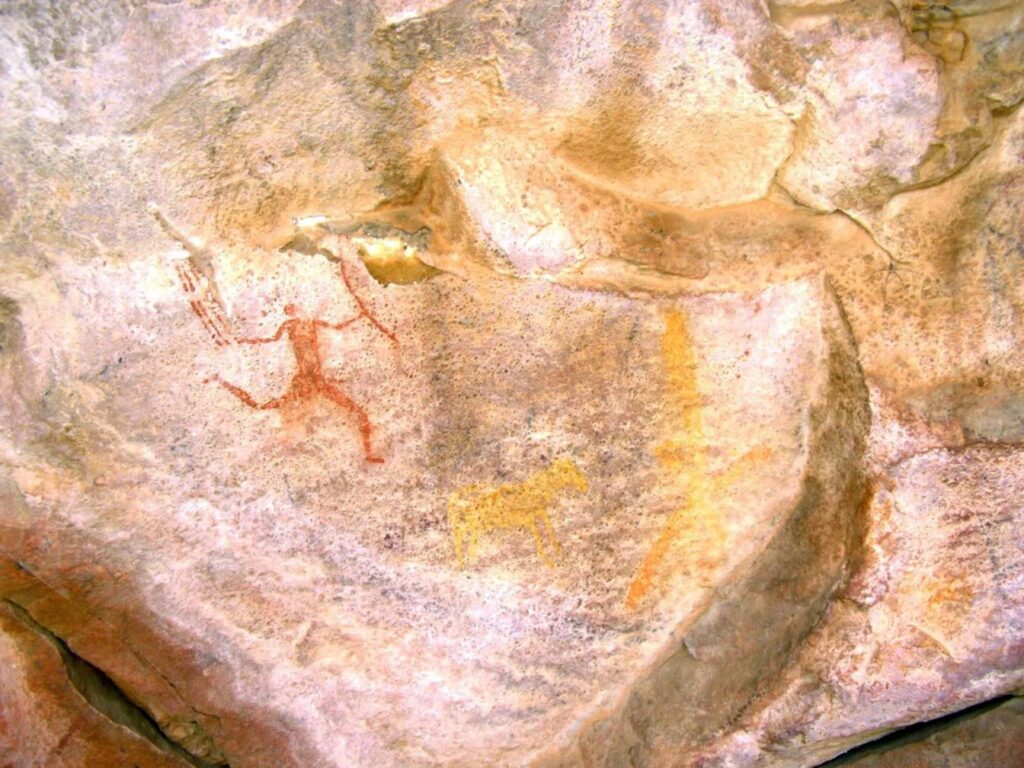Carina Schlebusch is the first author of the paper “Genomic variation in seven Khoe-San groups reveals adaptation and complex African history” that is published in in the early online version of Science. The paper received ample attention by scientific and popular media, e.g.: CBS News, Science News, Nature, Science daily, Spiegel, AAAS, Swedish public television (SVT), Kwela (Afrikaans – television), Swedish radio (SR1, SR2), UNT, DN, Business Day, Diamond Fields Advertiser, Die Burger, Die Son, Die Volksblad, Kalahari Bulletin, Mercury, Pretoria News, Rapport, The Star, Morning Live (TV show), SABC News (TV), RSG Radio station.

Abstract
The history of click-speaking Khoe-San, and African populations in general, remains poorly understood. We genotyped ∼2.3 million single-nucleotide polymorphisms in 220 southern Africans and found that the Khoe-San diverged from other populations ≥100,000 years ago, but population structure within the Khoe-San dated back to about 35,000 years ago. Genetic variation in various sub-Saharan populations did not localize the origin of modern humans to a single geographic region within Africa; instead, it indicated a history of admixture and stratification. We found evidence of adaptation targeting muscle function and immune response; potential adaptive introgression of protection from ultraviolet light; and selection predating modern human diversification, involving skeletal and neurological development. These new findings illustrate the importance of African genomic diversity in understanding human evolutionary history.
Carina M. Schlebusch et al., Genomic Variation in Seven Khoe-San Groups Reveals Adaptation and Complex African History.Science 338, 374-379(2012). DOI:10.1126/science.1227721

